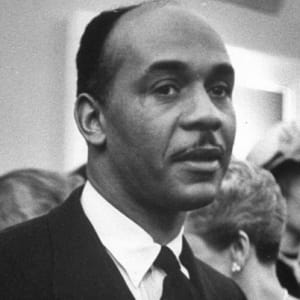

The invisible man takes us through the African- American experience in the turbulent political and social times in the 1930s. It is set in the 1930s, in a small town in the American South. The invisible man addresses the social issues as well as the intellectual issues that most Africans-Americans faced in the early twentieth century, including Black Nationalism, politics, and the relationship between black identity and Marxism. Traveling in the JimCrow car, seeing that the hostile treatment his family receives is in part a consequence of others’ perception of their skin color, the boy begins to understand his place in a racially divisive society.The invisible man is a novel published in 1952 by writer, literary critique and novelist, Ralph Ellison. Her response is defiant: ''she had spat in his face and told him to keep his dirty hands where they belonged'' (13-14).


The reader sees the boy first as his mother directs his attention to the fall colors of the passing trees and tells him that Jack Frost ''made the leaves pretty'' and that he ''paints the leaves all the pretty colors.'' This moment of innocence between mother and child contrasts sharply with the anger James witnesses from his mother when ''a butcher had tried to touch her breasts'' (Flying, 13). James, the protagonist of the story, is riding with his mother and brother in a Jim Crow train car away from their home in Oklahoma City to begin a new life after the death of James's father. In his moving story, ''Boy on a Train,'' written approximately fifteen years before the publication of Invisible Man (1952), Ellison portrays through the eyes of an eleven-year-old child the conflict that was to consume him both as an artist and as a cultural critic until his death in 1994: How to represent the distinctiveness of Negro American culture without being consumed by the soul-killing racism endemic to American life.


 0 kommentar(er)
0 kommentar(er)
